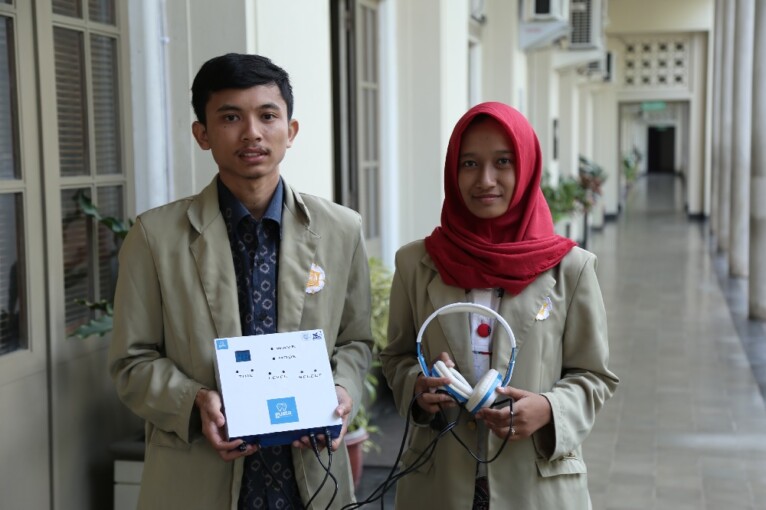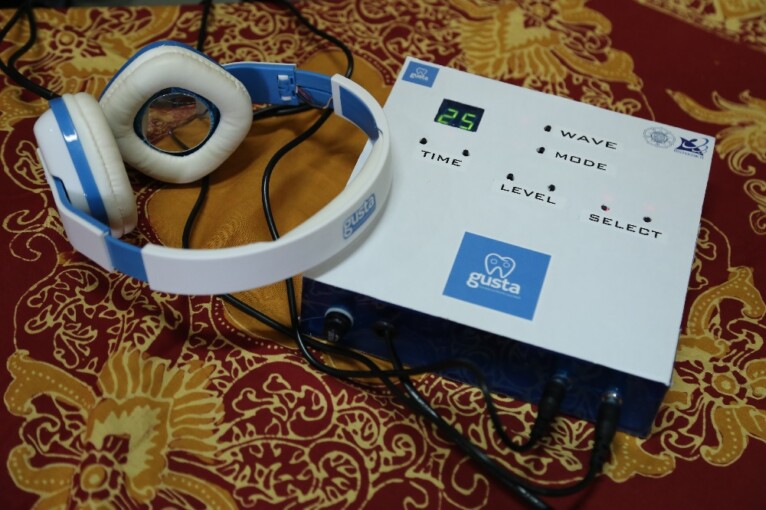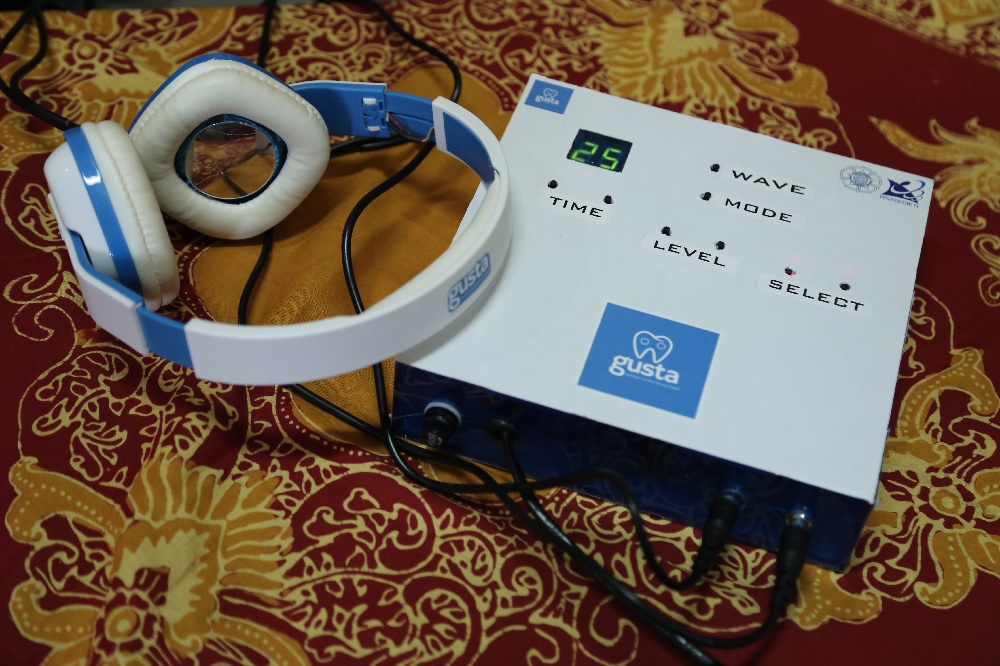Amidst the growth of service sector in major cities, some regions of Indonesia are still intensely improving the industrial sector.
One of the regencies with the potential to be an industrial cluster is Temanggung Regency in Central Java.
“Clustering makes the industry designated area more manageable. Zoning is needed to keep it under control,” said researcher of Center for Transportation and Logistics Studies UGM, Sa’duddin, Thursday (6/28).
He explained that the area designated for industry has different definition and regulation from the industrial estate. According to Sa’duddin, an industrial estate is a centralized area for industrial activities provided with supporting facilities and infrastructure, managed and developed by industrial estate companies. Meanwhile, an area designated for industry is a land planned for industrial activities based on the regional spatial planning, but it has no special management and still intersects with residential areas.
Sa’duddin said the industrial agglomeration in Temanggung cannot be used as an industrial area because it does not have sufficient facilities and infrastructure. However, clustering and zoning in this regency are still possible.
He conducted a macro analysis with a location quotient approach, data mining, and spatial analysis. The result showed that the industrial sector is a sector with high potential and competitiveness to advance in the future. In his opinion, developing industrial sector in Temanggung is the right thing to do.
“The local government wanted to build an industrial estate, but the conditions are not met. Therefore, we tried to make clusters of the existing industries.”
Listed from the number, the primary industry in Temanggung is tobacco processing industry of 40.36%, followed by food industry of 40.36%, non-metal mining industry of 3.77%, and wood industry of 3.33%. Meanwhile, listed from the investment value, the wood industry has the highest investment value of 45.76%, followed by tobacco processing industry of 21.65%, and chemical industry of 17.49%.
Based on the characteristics, he created three clustering classifications, namely Badram industrial area for industrial group three including wood industry, wood and cork products, as well as woven bamboo and rattan products. On the other hand, Kupen industrial area is designed for industrial group two which includes textile, apparel, tobacco processing, printing and recording media, chemical, non-metal mining industry, as well as metal products industry, except machinery and equipment.
The third classification is Ngipik area with limited types and number of industry, hence it is suitable for industrial group one, which includes food, textile, and pharmaceutical industry.
“I hope this clustering can be applied in other districts as well, such as Kulon Progo and other industrial development areas,” said Sa’duddin.





